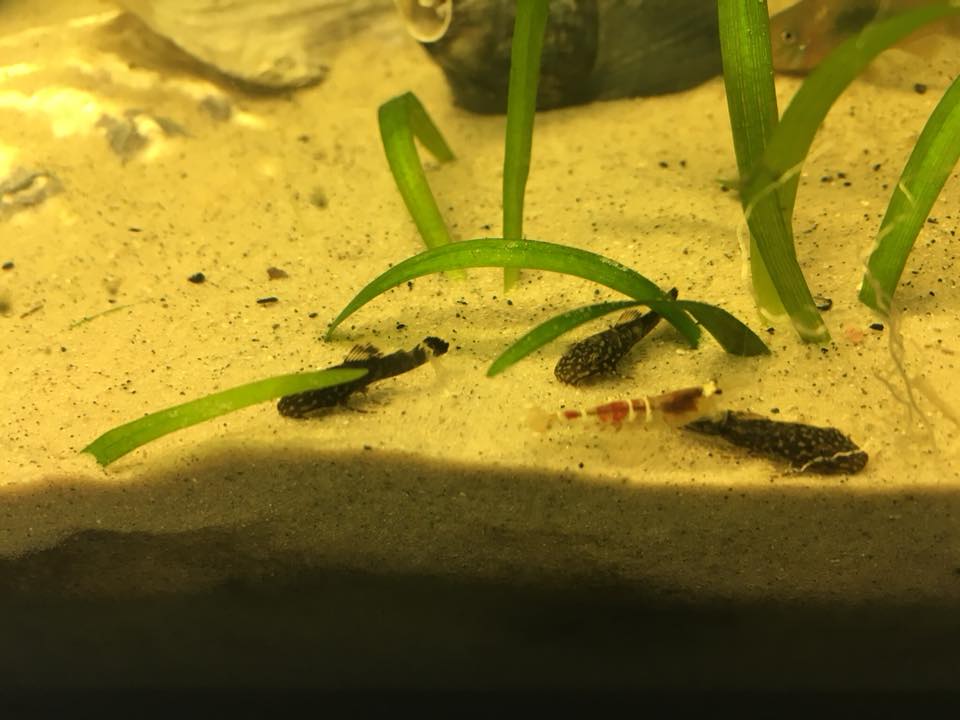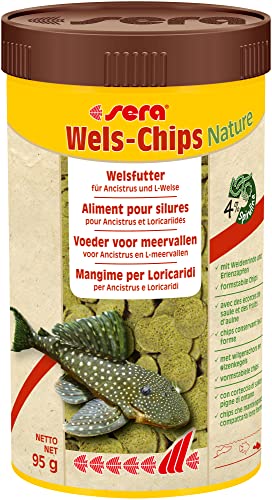The blue antennae catfish loricariid: Today we want to answer all questions about the blue catfish. Be it her Origin of catfish, the husbandry conditionsas water values or also pool size and everything it is for sigh to be said. The blue catfish is often kept in domestic aquariums. Its function as “window cleaner" and "algae eater” a major reason for this. However, you will find out whether this is also true in the following sections. We also take care of the many different ones Namur and designations.
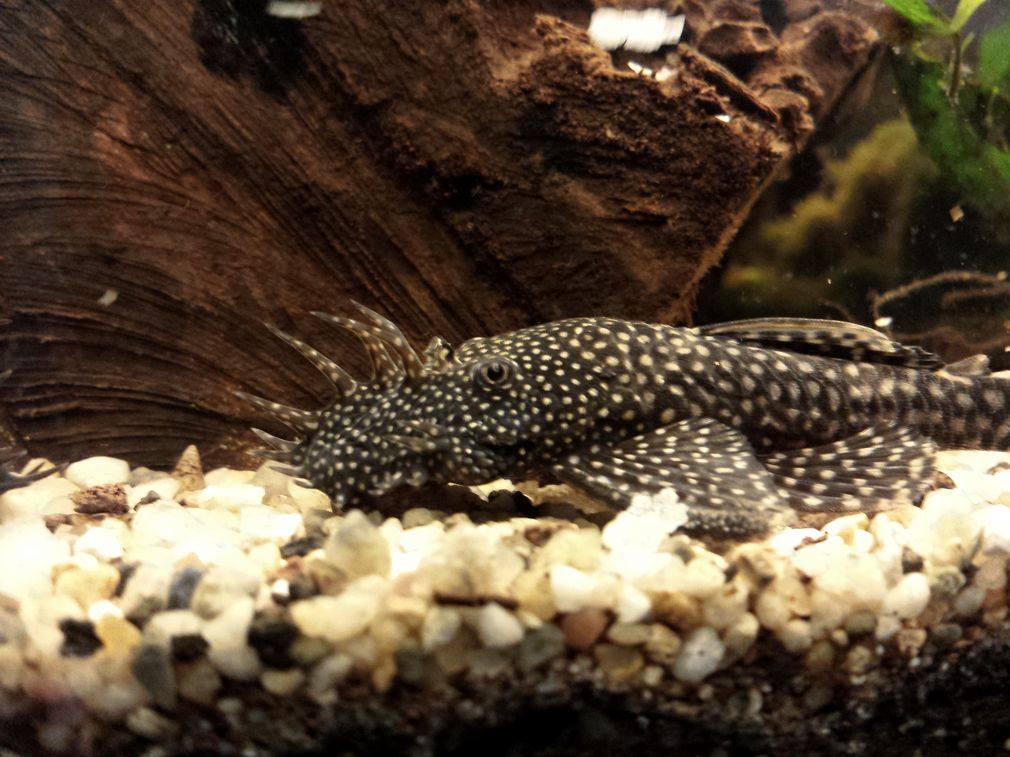
Difference between brown and blue catfish? Real catfish L183
First we have to go back a bit, because with the loricariids and especially with the blue catfish there are always questions as to whether you have a real blue catfish or not. A real blue catfish will also be L183 called. Usually there is the brown catfish in the home aquariums. Differentiating between the different species can be difficult. Nevertheless, you can see the difference between a real L 183 and a brown or blue or oh mean catfish quite well. The "real" catfish has white dots and usually has a white border on the fin. However, it can quickly be confused with other types of L catfish. 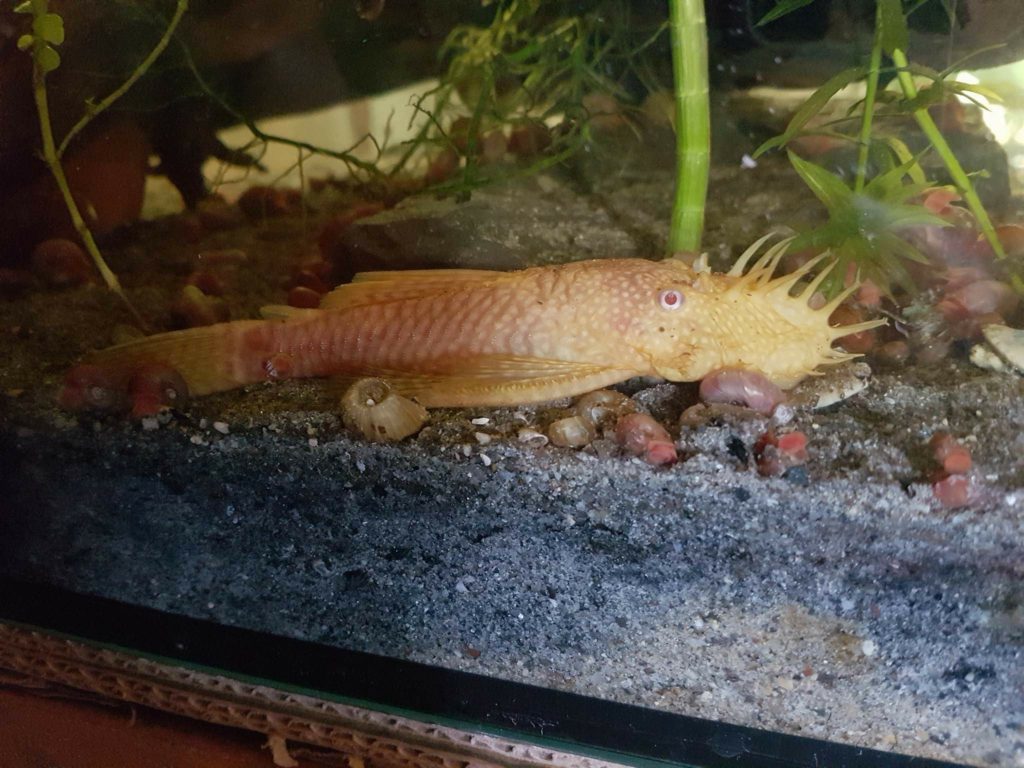
However, it is important if you want to buy a catfish in the trade. Then it is important to pay close attention to whether you are really being offered the promised catfish or whether it is just a mixed form.
Following Namur occur again and again in connection with the antennae catfish:
- Real antenna catfish
- Brown catfish
- Yellow-brown catfish
- Blue catfish
- L183
- Ancistrus sp.
- Spotted catfish
- White fringed catfish
- Ancistrus dolichopterus
- Ancistrus temminckii
It is already clear that it is not always easy to distinguish these species from one another. Many aquarists get this confused as well. Due to the many crossings in our aquariums, an exact identification is not always possible.
However, you should only be careful when it comes to keeping them, because the real catfish places much greater demands on the water values.
In the following, however, we will primarily take care of the common species in our aquariums. There is the real rather rare to find.
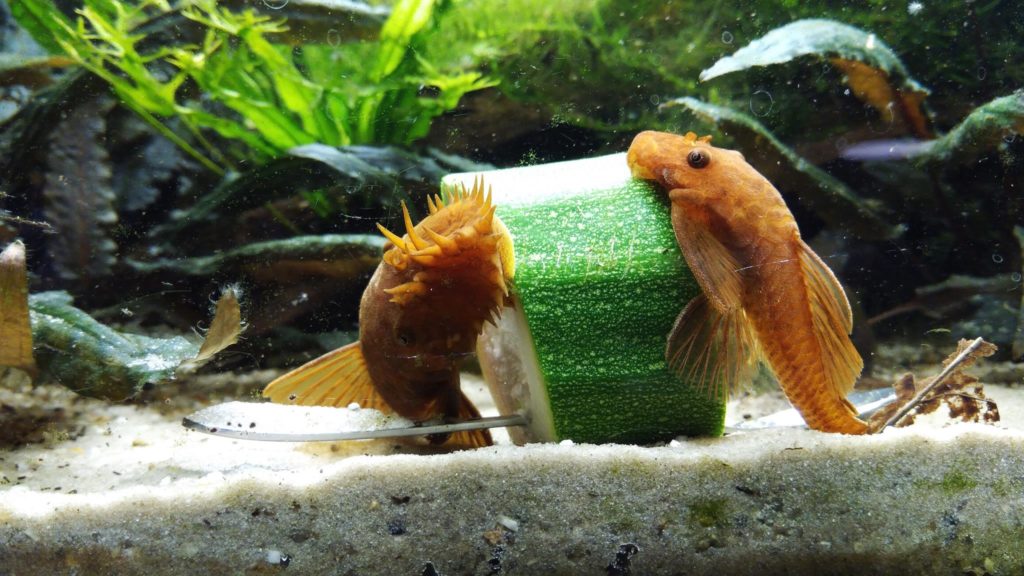
Origin of the blue catfish
Where does the antennae catfish originally come from? Its origin is in South America to find space. Especially from that Amazon area with all its tributaries. Above all, this should be mentioned here Rio Negro and also its many tributaries with black water. Originally, the catfish needed acidic water, very soft water, like other species from South America. Due to the many crossings and offspring, purebred catfish are rarely found. If then only as wild caught, which are imported to us.
Wild-caught ones will be found rather few today, because the willingness to breed and reproduce is not a major problem today. So there are enough offspring available. However, these are almost never single species, A pure breeding is less and less to be found.
Characteristics and appearance of the catfish
The male in particular is easy to recognize because he has a braid on the top of his head that looks like antlers or Tentacle. You should be able to see this clearly in the pictures here. In the female it is antler not pronounced.
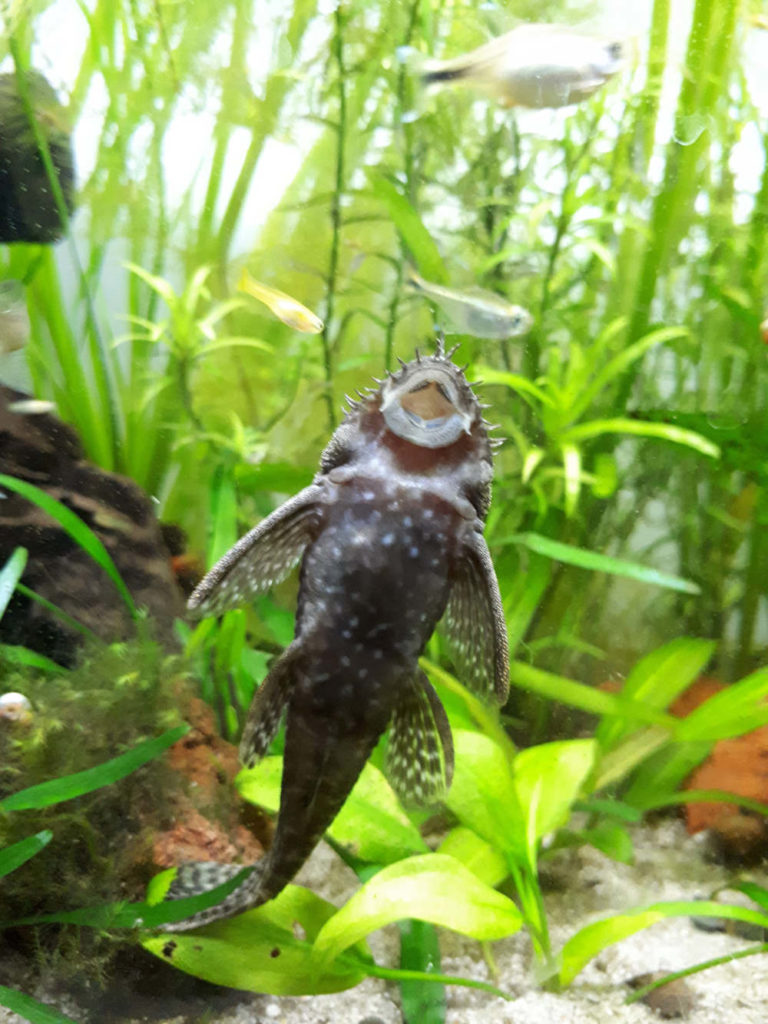
The coloring of the blue catfish is not blue, which one might think from this name, but rather brown / yellowish. All catfish have more or less distinct spots all over their bodies. However, the coloring can differ greatly from young animals. These are usually even brighter and the dots are not yet clearly visible.
Today even catfish are called Albino varieties bred. We have also attached these in pictures for you.
Also characteristic is the suction mouth with which the catfish searches for food and can very often also be found on the windows of the aquarium.
The animals are mostly nocturnal and therefore you should also think of enough hiding places in the form of caves and the like. Already at the Setup of the aquarium one should take this into account.
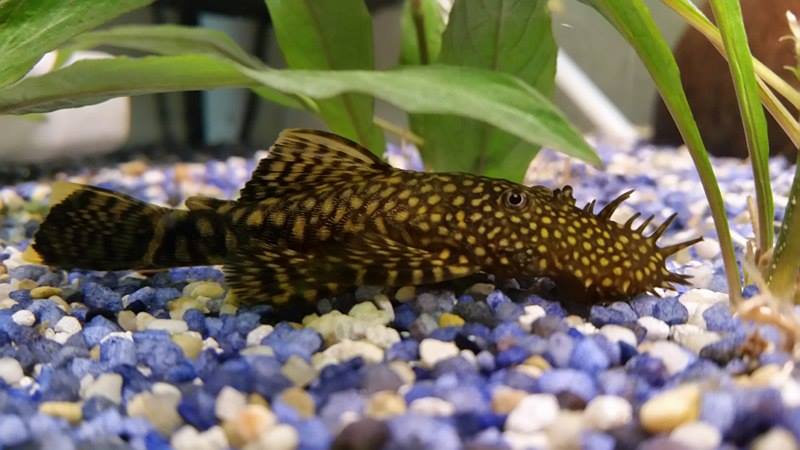
Water values and keeping conditions of the blue catfish
In most cases, catfish are very robust and only make few demands on the water parameters. Very often they are also called first residents move into the new aquarium. They even seem to be rather insensitive to nitrite.
Nevertheless, you should give them enough hiding places offer. Clay caves or old flower pots are suitable for this. Coconut shells are also quite suitable. Roots should not be missing either, because the catfish feed on these cockroaches and rasps. Moorki Roots are scraped off and put Fibres represents which of the antennae catfish absolutely needs. This is mainly for the digestion extreme important. During the day they can usually be found on the roots or in hiding places.
The animals should be kept from an edge length of 80 cm or even better from approx. 140 - 160 liters. You shouldn't keep catfish underneath.
Buy a male and several females. That would be a very good composition. Here, too, prefer the animals in small groups to keep.
The catfish is extremely peaceful and can therefore live with almost all ornamental fish community aquarium being held. If so, it can only come to a scuffle when feeding.
Let's look at the water values. As already mentioned above, the catfish here is very robust and tolerates you PH value from up to 7,5. Yes even 8 Ph could be possible. Also at the Total hardness, it can still be held up to very hard water. Always provided, of course, that they are not imported wild caught. These need to be kept in acidic and soft water.
Within the Temperature values between 23 - 28 degrees are fine. The antennae catfish no longer feels comfortable above this.
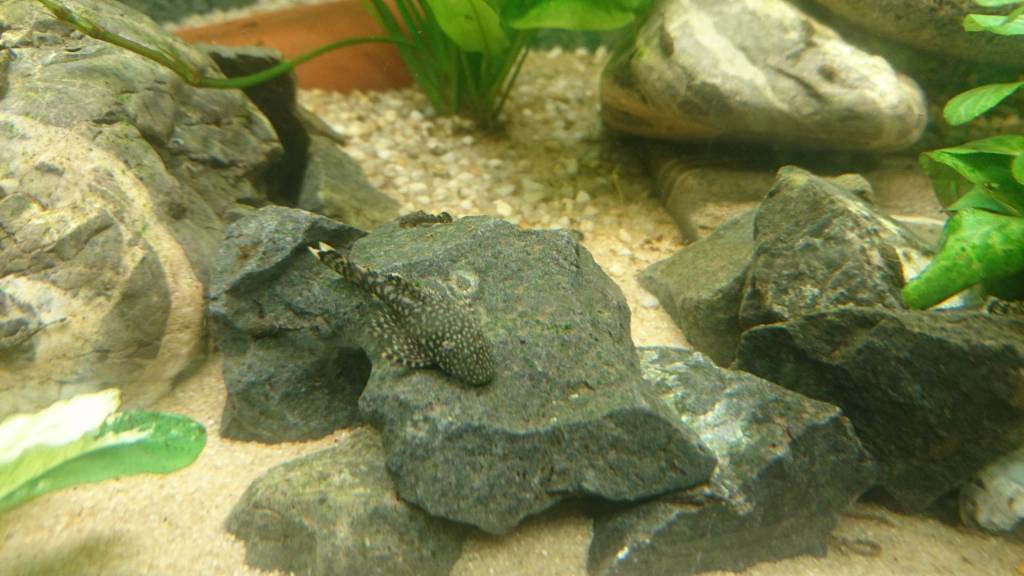
Let's summarize the most important data in our Characteristics together:
- breeding easy
- Pool size from 80cm / 100 liters
- PH value 6 - 7,5
- Total hardness Gh up to 20° GH
- Carbonate hardness Kh up to 15 °Kh
- Temperature 23 -28 degrees
- Size of the catfish up to 15 - 20 cm
- Age of the catfish up to 20 years
- Special features: Many alien breeds and forms
What does the blue catfish eat?
Of course, the industry has also come up with some ideas here. Food tablets of any kind are offered here. Be it to stick to the pane or sinking for the floor. In addition, catfish also eat the food leftovers of the other inhabitants which sink to the ground.
You should also offer them cucumbers again and again. He also likes to eat other vegetables and even lettuce. In addition, peas can also be used, especially during rearing. Of course, the little ones also eat dust food. Last but not least, there is the algae topic on the menu. But more on that in the next chapter.
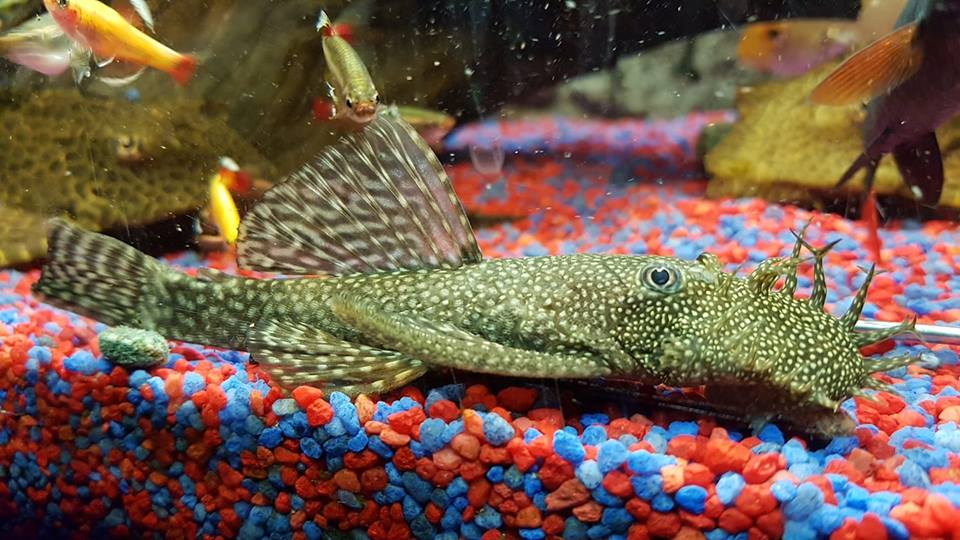
Algae eaters and window cleaners of the blue catfish
Again and again the blue catfish is offered as a very good algae eater and also a window cleaner. Light algae on the windows, especially green algae, the catfish loves to eat. However, he won't either miracle algae eater be. If the panes are very stubbornly covered with algae, then even the catfish will no longer be able to eat them away.
Nevertheless, other algae are also eaten by it. Not all algae species but are on the menu of the catfish. See also ours Guide to algae in the aquarium.
As a herbivores one imagines that he too aquarium plants has on the menu. As a rule, this is not the case, even if you like to see it on large-leaved plants. However, it is very rare that he eats his fill of it.
Whether he is a good algae eater also depends very much on the feeding. Mostly today they will ornamental fish and also overfeeding the catfish, so not only does the algae continue to increase, but the health of the animals is seriously at stake. Less is often more here.
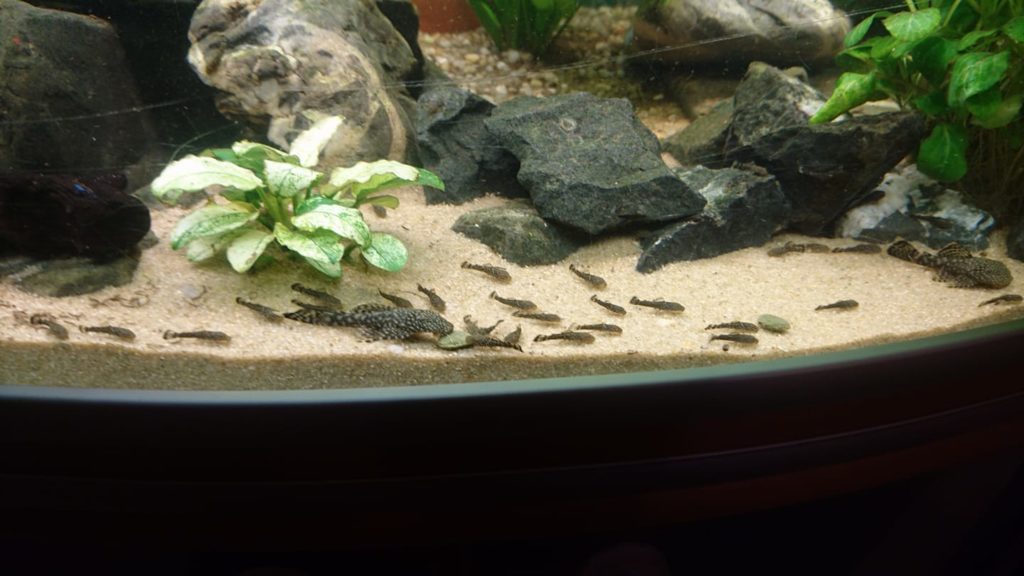
Breeding of the blue catfish
Finally, let's look at breeding. If you want to breed catfish, you don't really need to do much, except a corresponding one pair buy and for sufficient shelter options, such as tube or bowls. The female then lays her eggs there. The male takes care of the brood and sits on the eggs. These can range from less than 10 to more than 50. The male fans fresh water over the eggs with his fins for days. After about 5 days, the young and larvae hatch, but you can hardly see them because of the large yolk sac. This yolk sac feeds the animals for the first 14 days before they leave the altitude to look for food themselves. Algae spores or dust food are gladly taken.
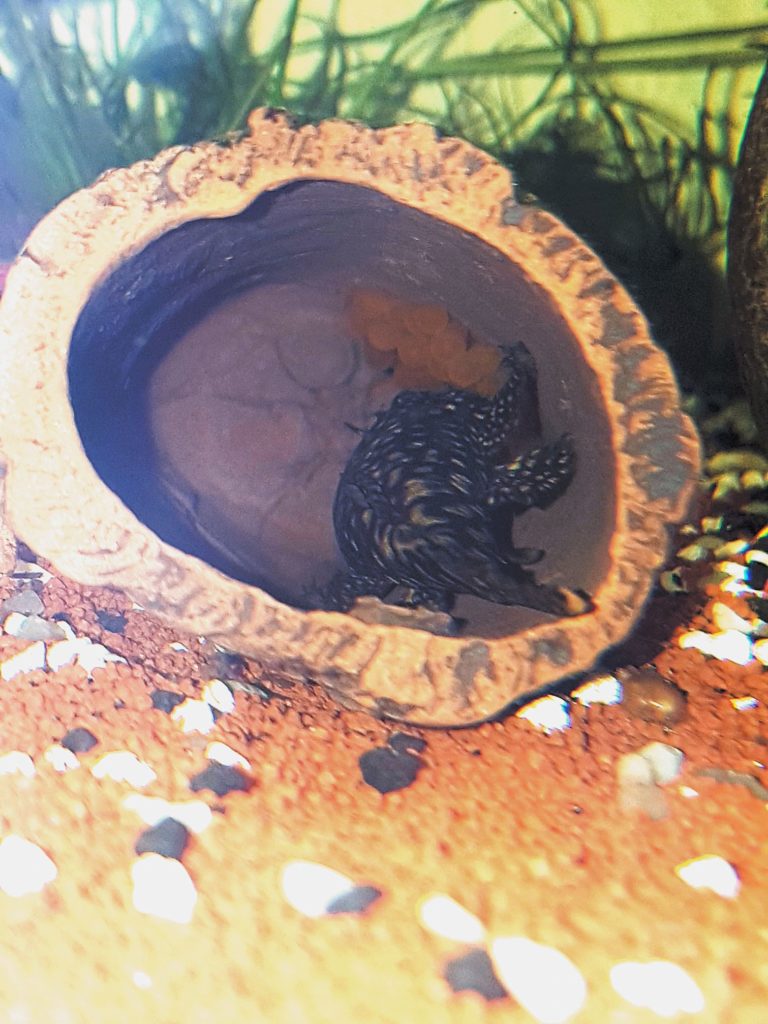
The willingness of the catfish to spawn often also depends on the temperature fluctuations in the tank. We have often found that after a Water change the activities begin. This mostly depends on the temperature fluctuation.
However, the great willingness to reproduce should also be taken into account if you keep the catfish in tanks that are too small. A high stocking density can quickly occur. Consequences can then also be limited growth.
Thanks to the members of the Facebook group https://www.facebook.com/groups/AquarienDeutschland/permalink/1444899675636117/
